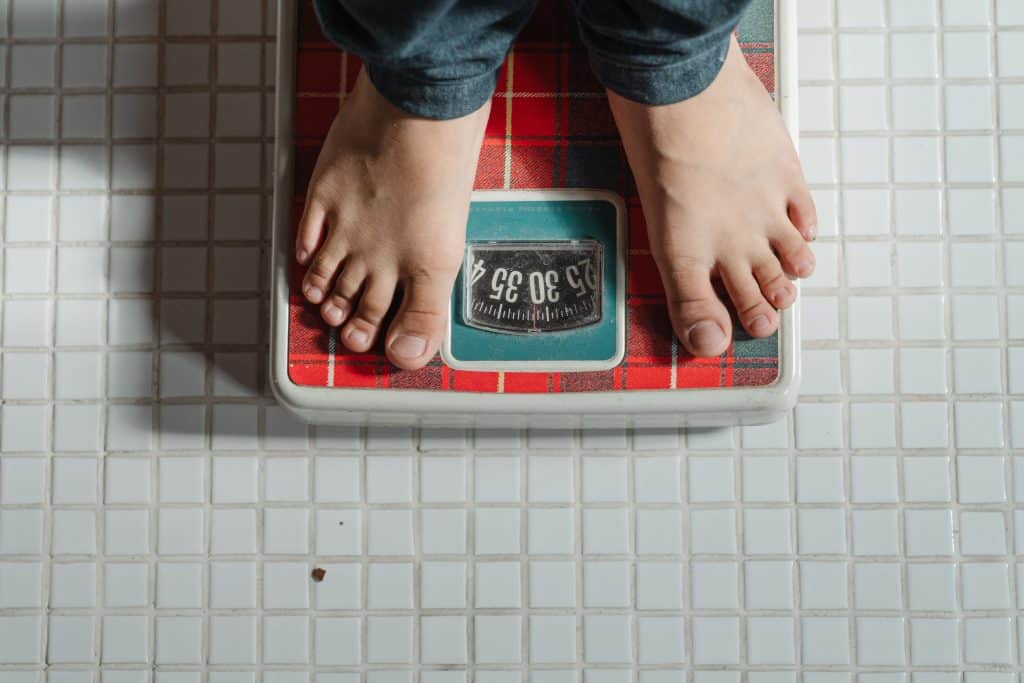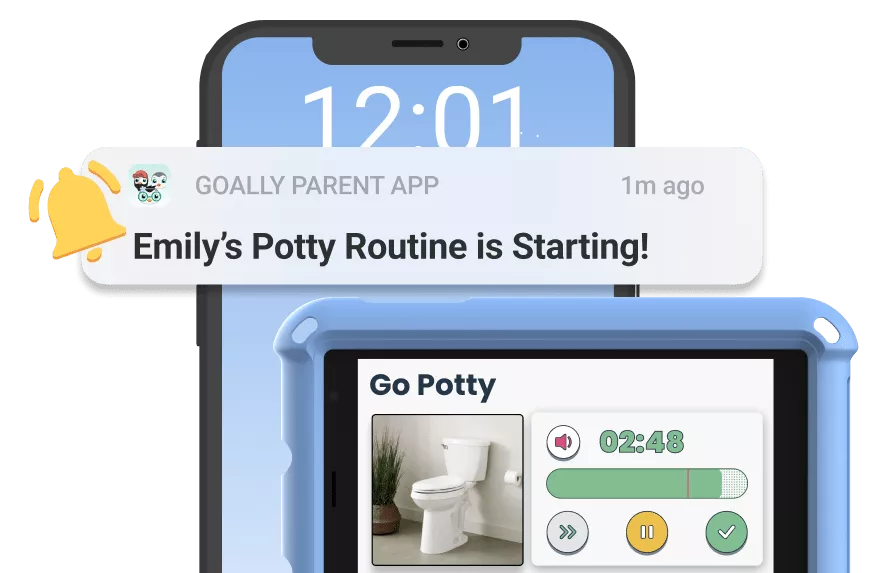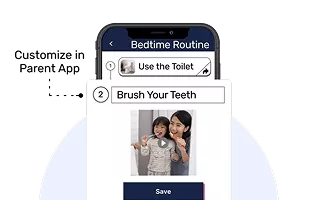Weighing yourself might seem like a straightforward task, but if you’re like many people, you might not be doing it correctly. As a licensed practitioner who works with kids, I’ve seen how small changes in daily routines can make a big difference. That’s why I’m here to help you weigh yourself properly. This simple guide will walk you through each step, so you can make sure you’re getting the most accurate results every time. Whether you’re tracking your weight for health reasons or just out of curiosity, these steps will make the process easy and effective.
Table of Contents
Step 1: Choose the Right Scale
Before anything else, make sure you have a reliable scale. Not all scales are created equal, and the one you choose can significantly impact your results. Look for a digital scale that gives you a precise reading down to the decimal. If your scale is older or you suspect it’s giving inconsistent readings, it might be time for an upgrade. You can find affordable and accurate scales online or at your local store.
Step 2: Pick the Right Time
The time of day when you weigh yourself can affect the number you see on the scale. The best time to weigh yourself is in the morning, right after you wake up and before you eat or drink anything. This is when your body is in its most natural state, without the influence of food or fluids. Weighing yourself at this time will give you the most consistent results.

Read more: Helping Children With Autism Wear Masks
Step 3: Wear the Right Clothes (Or None at All)
What you wear when you weigh yourself matters more than you might think. Clothes, especially heavy ones, can add extra pounds to your reading. To get the most accurate measurement, weigh yourself in light clothing or, even better, without any clothes at all. Just be consistent with what you wear (or don’t wear) each time you step on the scale.
Step 4: Stand Still and Straight
Once you’re ready to step on the scale, make sure you stand straight and still. Place your feet flat on the scale, evenly distributing your weight. Avoid leaning or shifting your weight, as this can cause the scale to give you an inaccurate reading. Stand tall, with your arms at your sides, and let the scale do its job.
Step 5: Record Your Weight
After you’ve taken your measurement, write it down. Keeping a record of your weight over time is the best way to track changes and patterns. You can use a simple notebook, a mobile app, or even a spreadsheet to log your results. This way, you’ll have a clear picture of how your weight fluctuates and can adjust your habits if necessary.
Step 6: Weigh Yourself Regularly, But Not Too Often
Consistency is key when tracking your weight. Weigh yourself once a week, at the same time and under the same conditions, to get the most accurate sense of your progress. Weighing yourself too often can lead to unnecessary stress over natural fluctuations. Remember, your weight can vary from day to day due to factors like water retention and food intake, so it’s best not to obsess over daily changes.

Read more: Teach Your Kid How to Make a Phone Call Using a Smartphone
Step 7: Analyze Your Results
Once you’ve collected your data, take some time to analyze it. Look for trends over weeks or months rather than focusing on individual days. Are you gaining, losing, or maintaining your weight? If you notice any unexpected changes, consider factors like diet, exercise, and stress levels that might be contributing. This step is crucial for understanding how your lifestyle affects your weight.

Goally | Best Videos to Teach Life Skills
Give your kid an independent future. Goally has 100+ video classes teaching life skills like “How to Choose a Restaurant,” “How to Interrupt Politely,” and “How to Get Ready for School.”
Goally takes kids on an adventure that includes interactive practice and checkpoints along the way! No web browsers, YouTube, or social media.
Weighing yourself might seem like a simple task, but doing it correctly can make a big difference in understanding your health. By following these steps—choosing the right scale, weighing yourself at the right time, and tracking your progress—you can ensure that you’re getting the most accurate and useful information. Remember, the goal is consistency and understanding, not perfection. With these tips, you’ll be well on your way to a healthier and more informed you.
Resources:
FAQs about How to Weigh Yourself
What time of day should I weigh myself?
It's best to weigh yourself in the morning, right after you wake up and before eating or drinking anything. This gives you the most consistent and accurate reading.
How often should I weigh myself?
Weighing yourself once a week at the same time and under the same conditions is ideal. Daily fluctuations can occur due to factors like hydration and food intake, so weekly tracking is more reliable.
Should I wear clothes when weighing myself?
For the most accurate results, it's best to weigh yourself without any clothes or in light clothing. Consistency is key, so make sure you wear (or don’t wear) the same thing each time.
Why does my weight fluctuate daily?
Daily weight changes are normal and can be caused by factors like water retention, food intake, and even stress. That's why it's important to track your weight over time rather than focusing on daily variations.
What type of scale should I use?
A digital scale that measures to the decimal point is recommended for accuracy. If your scale is old or giving inconsistent results, consider upgrading to a newer, more reliable model.
This post was originally published on 11/02/2023. It was updated on 08/16/2024.

Hennah is an experienced writer and researcher, helping children with autism, ADHD, and other neurodivergent conditions. As a blog contributor for Goally, she combines her deep understanding of neurodiversity with practical advice, offering valuable insights to parents and educators.





